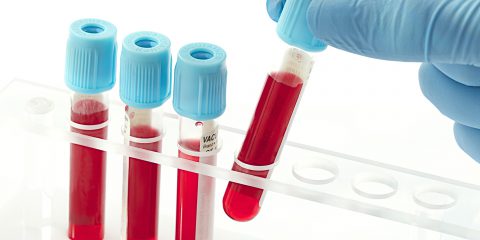Many times I’ve found myself in situations where I had to explain that indeed in vitro diagnostics (IVDs) are to all extent medical devices but that, in practice, the subject we happened to be discussing would not entirely (or at all) be applicable to IVDs.
It was always a case of: “…yes, yes.. BUT”…
If there is one message you take away from this post, let it be… IVDs have very different risk sets associated to them: no direct contact with patient, value of the medical data they deliver and that they provide no treatment.
Too frequently the boundaries between medical devices and IVDs tend to “blur” particularly when the subject at hand is dealt by people who may not necessarily be subject matter experts. The understandable confusion on the fundamental differences between medical devices and IVDs could also have been at the base of the proposals and pressures made on the EU Commission to combine the existing three medical device directives (Active Implantable Medical Device (AIMD), Medical Device (MD) and IVDs) into a single legislative text.
While the EU Commission has fully accepted such proposal and has combined the AIMD and the MD Directives into a single proposal EU Regulation, it has kept a separate text for the IVDs giving full and official recognition to the key difference between these two categories of medical devices. Its quite simple actually – the difference lies in the direct or indirect contact with patient hence understandably direct vs. indirect risk to the patient.
It is not by chance that the history of the evolution of the regulations, at national or international level, has always been based on the direct risk for the population. Food and drugs obviously rank on the top of what can pose the most direct and imminent risk to people. Both may cause dire consequences or risks. It is also not by chance that the most famous regulatory authority that is responsible for the protection of the health of the population has named itself with these two terms: Food and Drugs Agency.
Europe has also followed suit by drafting and implementing EU laws according to such risk-based approach. In order: drug legislation, active implantable medical devices, the “other” medical devices and finally IVDs.
It is essential for those involved to understand the distinguishing difference between IVDs and MDs. IVDs are very different from other medical devices – they do not come in direct contact with patient, value of the knowledge and information they deliver and no therapeutic effect claimed. IVDs fulfill their role based on information that they provide and not on their direct action on the patient. This is of fundamental importance also related to matters dealing with product validation and testing. The validity of a medical device, or of a drug, is ultimately tested only by seeing how it performs on a patient while this approach will never be possible for an IVD.
The quality of the information delivered by an IVD is assessed by measuring the analytical precision of the test or assay and by the clinical evidence of the information provided. We all understand how important it is to be very precise specifically when testing blood for blood-typing (identifying blood type) or blood screening for HIV, Hepatitis C etc. We all understand the clinical relevance of these assays. This is why those IVDs which have the highest potential risk on the population do have very precise performance criteria officially listed in the Common Technical Specifications, which are standards that control IVDs.
So while on one hand it is definitely correct to seek a high level of safety for both medical devices and IVDs it is important to maintain the differences between these two categories of medical devices – one that comes in direct contact and the other that doesn’t. Only in this way we will continue to have a well-balanced and effective regulatory system.
– Maurizio Suppo, EU IVD Representative at Assobiomedica









